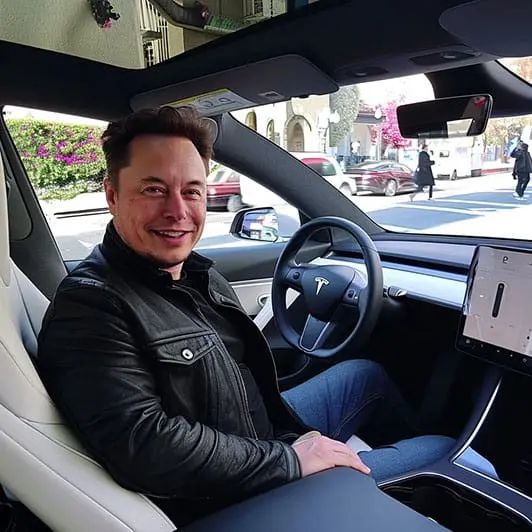Following a fall in Tesla EV sales and profits, Tesla boss Elon Musk has announced that he’ll be unveiling a ‘Robotaxi’ on August 8 this year.
May Swap Lower Cost EV For Robotaxi
Reports initially indicated that Mr Musk’s Tesla company would be abandoning its plans to build a lower-cost EV (the Model 2) in favour of building the ‘robotaxi’ instead using the same small EV platform that was designed to power the lower-cost EV. However, Mr Musk took to his ‘X’ platform to quash that rumour.
What Is A ‘Robotaxi’?
The robotaxi will be an autonomous ride-hailing service but it’s not yet clear if it will resemble a typical car or a vehicle without a steering wheel or pedals.
Promised Years Ago
A Tesla car with autonomous capabilities was first promised back in 2016 as a way for Tesla owners to make an income from their cars as part of a ride-sharing network. At the time, the idea was that owners could add their car “to the Tesla shared fleet just by tapping a button on the Tesla phone app” enabling them to make money from the car while they’re “at work or on vacation” thereby “significantly offsetting and at times potentially exceeding the monthly loan or lease cost.”
In 2017 and 2019 the ‘robotaxi’ idea – autonomous cars as part of a ride-sharing network – was floated again. Musk then said a couple of years later that a robotaxi with no steering wheel or pedals would enter the market by 2024.
Markets Pleased
Mr Musk’s announcement that the robotaxi will be unveiled on August 8 initially pleased the markets with Tesla (TSLA) stock closing up nearly 5 per cent shortly after.
Automated Driving Features Anyway
Teslas already have a driver-assistance system called ‘Autopilot’ as standard, anyway. However, for an extra $12,000, owners can buy a “full self-driving,” or FSD feature. However, this does not yet enable full autonomous driving capabilities but instead adds some automated driving features.
What Makes Tesla Uniquely Able To Introduce A Robotaxi?
In addition to the original plan for owners to be able to add their car to the Tesla ride-sharing network, and the FSD feature, other factors that make Musk’s Tesla (perhaps uniquely) able to make a robotaxi include:
– Data Collection at scale. Tesla vehicles on the road today are equipped with a suite of sensors that collect vast amounts of data on real-world driving conditions (2.5 million miles of self-driving data from customers every day). Tesla uses this data to continuously improve its Autopilot and FSD algorithms through machine learning. This crowdsourced data collection model is unique to Tesla and is a critical component of its strategy to achieve full automation.
– Vertical integration. Tesla’s vertical integration strategy encompasses the manufacturing of its own batteries, software development, and vehicle production. This control over the entire supply chain and development process allows for rapid iteration and deployment of new technologies, which is essential for the development of an autonomous robotaxi.
– Energy efficiency and operational cost. Tesla’s electric vehicles are known for their energy efficiency, which can significantly reduce the operational cost of running a robotaxi service. Lower costs could make Tesla’s robotaxi service more competitive against traditional ride-sharing services and personal car ownership.
– Innovative battery technology. Tesla’s continuous innovation in battery technology, aiming for higher energy density, longer lifespan, and lower costs, will be critical for the economic viability and sustainability of a robotaxi fleet.
– Telsla’s brand image and consumer trust. Tesla’s brand is strongly associated with innovation in electric vehicles and autonomy. This existing consumer trust and interest could, therefore, encourage quicker adoption of its robotaxi service.
What About Regulation?
Although Tesla has experience in navigating the regulatory landscape for electric vehicles and autonomous vehicles, one of the significant challenges of getting an autonomous robotaxi service on the road is likely to be whether Tesla can successfully navigate the regulatory hurdles.
Another challenge that Tesla may be faced with to get robotaxi on the road could be of a technical nature, i.e. having to add more enhanced sensors, cameras, and other equipment to enable it to achieve full autonomy.
Hype Vs Reality?
Other more sceptical commentators have seen Musk’s announcement as perhaps just a tactic to boost share prices and keep investors focused on the future of his company by dangling a new product (and one that’s been dangled before a few times). It’s also been suggested (e.g. by Adam Crisafulli of Vital Knowledge) that it’s a case of Tesla perhaps trying to distract from the poor current EV market conditions, and that the hype may not live up to the reality.
What Does This Mean For Your Business?
With the EV market going through a bit of a slump and with Tesla stock prices having struggled recently, the more sceptical among us could be forgiven as seeing this announcement as ‘classic Musk’, i.e. floating a new product to give things a boost.
The idea and the original vision for the robotaxi fleet dates back to 2016 but it may now be the case (although Musk denies it) that he’s going to prioritise the robotaxi over the lower-cost EV (Model 2) car.
If successful and all regulatory and technical challenges are overcome, the introduction of a robotaxi could have a number of industrywide ripple-effects. In fact, it could shake up several industries, compelling traditional automakers to fast-track autonomous and electric vehicle technologies. Ride-hailing services could see a direct threat to their business models, as robotaxis promise lower costs and potentially cheaper fares for consumers.
This new service could also impact public transportation usage, influence insurance industry standards due to changing risk profiles, and necessitate new regulatory frameworks. Urban planning may also need to evolve to accommodate autonomous vehicles, and while there could be job displacements in driving professions, new opportunities in tech and fleet management may arise.
Also, with robotaxis being electric, they could contribute to reducing transportation’s environmental footprint, aligning with sustainability goals. These ripple effects, therefore, would span across multiple sectors, prompting widespread innovation and adaptation. All that said, we’ve now got to wait a few months to see if (and how) Musk delivers on his promise.


